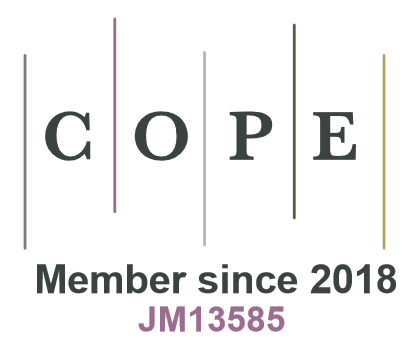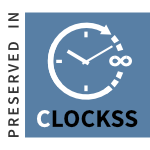Articles containing the keyword 'point cloud'
Category : Research article
Evaluating the potential of a harvester-mounted LiDAR system in monitoring biodiversity indicators such as low vegetation during forest harvesting could enhance sustainable forest management and habitat conservation including dense forest areas for game. However, there is a lack of understanding on the capabilities and limitations of these systems to detect low vegetation characteristics. To address this knowledge gap, this study investigated the performance of a harvester-mounted LiDAR system for measuring low vegetation (height <5 m) attributes in a boreal forest in Finland, by comparing it with handheld mobile laser scanning (HMLS) and drone laser scanning (DLS) systems. LiDAR point cloud data was collected in September 2023 to quantify the low vegetation height (maximum, mean, and percentiles), volume (voxel-based and mean height-based) and cover (grid method). Depending on the system, LiDAR point cloud data was collected either before (HMLS and DLS), during (harvester LiDAR) or after (HMLS and DLS) harvesting operations. A total of 46 fixed-sized (5 m × 5 m) grid cells were studied and analyzed. Results showed harvester-mounted LiDAR provided consistent estimates with HMLS and DLS for maximum height, 99th height percentile, and volume across various grids (5 cm, 10 cm, 20 cm) and voxel (20 cm) sizes. High correlation was observed between the systems used for these attributes. This study demonstrated that harvester-mounted LiDAR is comparable to HMLS and DLS for assessing low vegetation height and volume. The findings could assist forest harvester operators in identifying potential low vegetation and dense areas for conservation and game management.



